Results
-
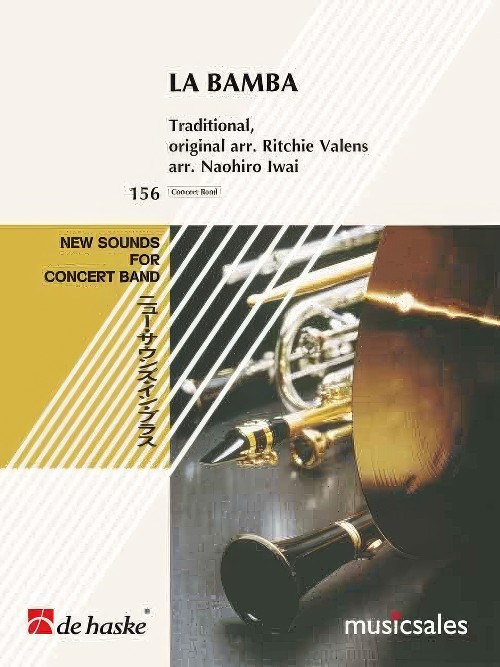 £99.99
£99.99La Bamba (Concert Band - Score and Parts) - Valens, Ritchie - Iwai, Naohiro
La Bamba is actually an old folk song from South America. This happy dance tune first achieved worldwide success through the rock 'n' roll singer Ritchie Valens, however, who in 1958 gave the song his own incomparable treatment. And it's this version that the experienced arranger Naohiro Iwai took as the basis fort his wind orchestra version. Duration: 4.45
Estimated dispatch 7-14 working days
-
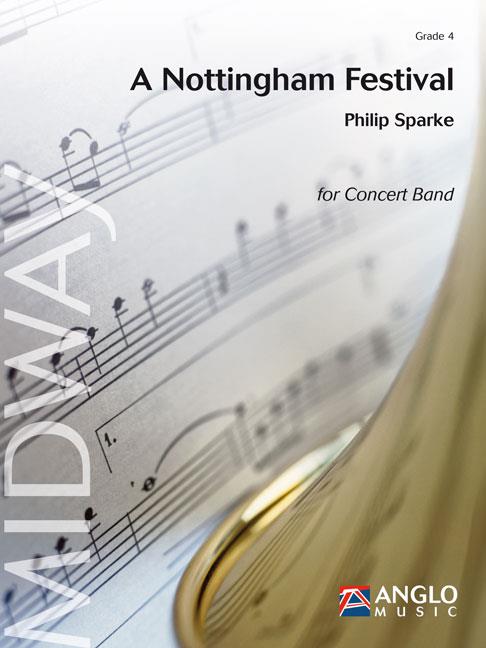 £149.99
£149.99A Nottingham Festival (Concert Band - Score and Parts) - Sparke, Philip
This celebratory work, which Philip Sparke wrote for the 20th anniversary of the Nottingham Concert Band, starts with a hymn-like theme played as a fanfare in the brass. With a change of mood from 'solemn' to 'merry' and back to 'majestic', together with an unusual orchestration, in which may different instruments feature and in which at points the entire wind orchestra shimmers in tutti passages, A Nottingham Festival is a real pleasure for musicians and public alike.Duration: 6:00
Estimated dispatch 7-14 working days
-
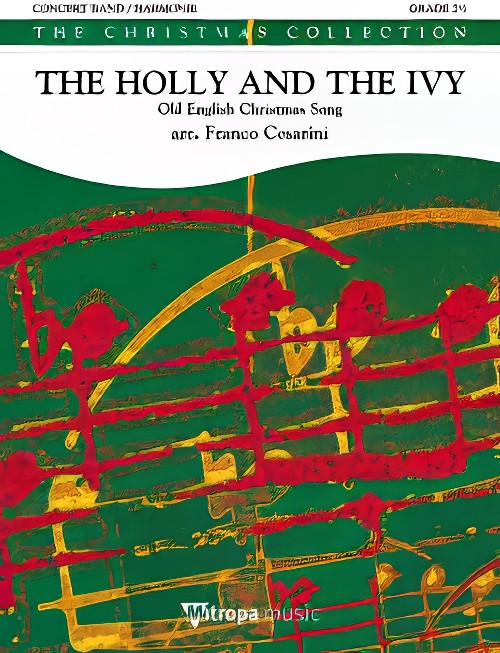 £76.99
£76.99The Holly and the Ivy (Concert Band - Score and Parts) - Cesarini, Franco
The Holly and the Ivy is one of the oldest and most popular of all English Christmas carols. The text refers to Mary and Jesus, but equally to the pre-Christian tradition of celebrating the winter solstice. The melody is thought to originate in 11th Century France. Countless stars, including Charlie Byrd, Petula Clark and Annie Lennox have been inspired to record their own interpretations - just as Franco Cesarini has done with this wonderful arrangement for wind orchestra.Duration: 3:10
Estimated dispatch 7-14 working days
-
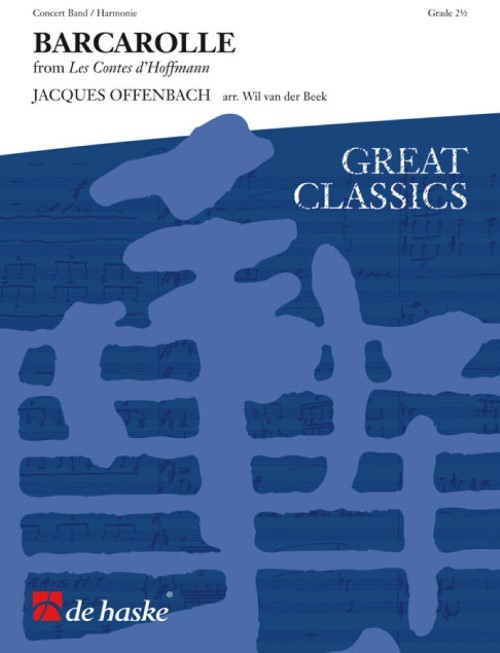 £76.99
£76.99Barcarolle (from The Tales of Hoffmann) (Concert Band - Score and Parts) - Offenbach, Jacques - Van der Beek, Wil
The famous Barcarolle from Offenbach's The Tales of Hoffmann opens the fourth act of the opera, which takes place in Venice. For this reason Offenbach chose a barcarolle - a Venetian gondolier song with its characteristic swaying rhythm. Wil van der Beek's arrangement gives this romantic song an alternative, lighter beginning, making it suitable for almost any wind orchestra.Duration: 4:00
Estimated dispatch 7-14 working days
-
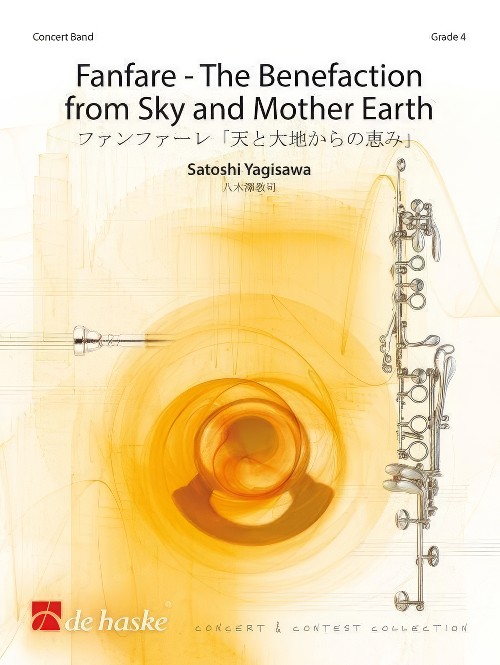 £84.99
£84.99The Benefaction from Sky and Mother Earth (Concert Band - Score and Parts) - Yagisawa, Satoshi
This piece was commissioned by Oyama City Symphonic Wind Orchestra to commemorate their 30th Anniversary. The composer was inspired by Oyama City's slogan, 'water, green and earth', to write this festive fanfare. Following a gentle opening a fanfare leads to a magnificent chorale. This turns into a quickly moving energetic section with irregular rhythm. This is a short but dramatic piece that will make a brilliant concert opener.Duration: 2:45
Estimated dispatch 7-14 working days
-
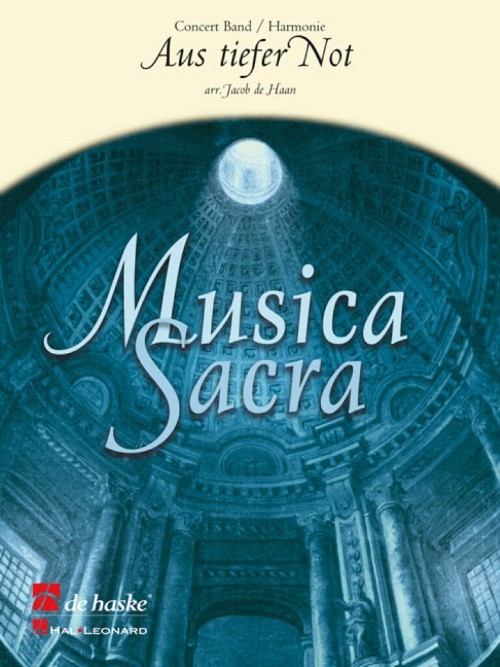 £76.99
£76.99Aus Tiefer Not (Concert Band - Score and Parts) - De Haan, Jacob
In 1524, Martin Luther published his first hymn book, from which is taken his magnifique chorale Aus tiefer Not schrei ich zu dir (From the depths of the abyss I call upon thee, O Lord)' according to Psalm 130 (De profundis). In 1724, Johann Sebastian Bach composed a cantata, based on Martin Luther's chorale of the same name. To create this arrangement for Wind Orchestra, Jacob de Haan was particularly inspired by the work of Bach. Aus Tiefer Not is a valuable contribution to the sacred repertoire.Duration: 4:00
Estimated dispatch 7-14 working days
-
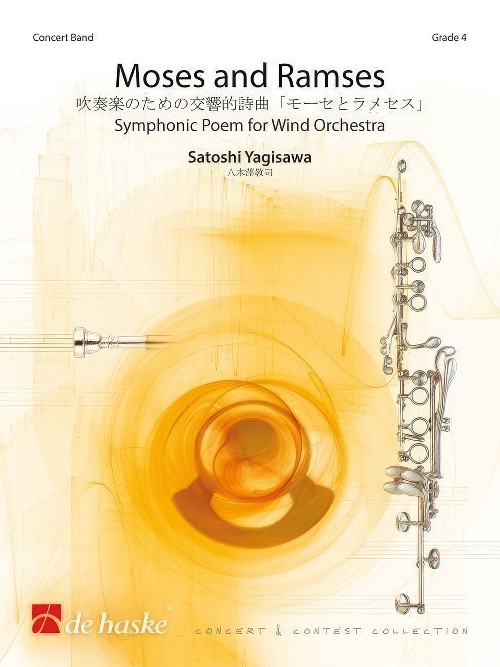 £149.99
£149.99Moses and Ramses (Concert Band - Score and Parts) - Yagisawa, Satoshi
This piece was commissioned by Matsudo Citizen Wind Orchestra for their 30th anniversary concert and premiered by the band conducted by Kenichiro Hasunuma in July 2009. This piece is typical of Satoshi Yagisawa in that it depicts a magnificent spectacle. This one is set in ancient Egypt and is based on the story depicted in the famous film "The Ten Commandments" (1956, directed by Cecil B. DeMille). One day Moses, who was raised by the rich royal family, found out that he was originally Hebrew. The Hebrews had been forced to live as slaves. Ramses, the prince directly descended from the Pharaoh, envied Moses' strength and popularity. After internal argument Moses decides to deliver the Hebrew from the Pharaoh's tyranny and escape from Egypt with them.The music starts with brilliant royal fanfare and depicts magnificent architecture, the Hebrew people forced into hard labour, and the slaves escaping from the Pharaoh's tyranny. At the climax they are at crisis point, trapped by the sea. Moses waves his staff and the miracle happens; the sea parts and Hebrew people successfully escape. Following on from Perseus - A Hero's Quest in the Heavens, this work Moses and Ramses is another piece written in the dramatic style favoured by Satoshi Yagisawa.Duration: 9:30
Estimated dispatch 7-14 working days
-
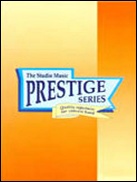 £44.95
£44.95Scenes from Childhood (Prestige Concert Band - Score only) - Turnbull, Kit
The title is borrowed from the English translation of Robert Schumann's Kinderszenen Op.15. Schumann's work contains 13 momvements that are adult reminiscences of his own childhood, whereas this work is not specifically autobiographical, although there are some elements of this piece that are drawn on personal experience/memories.The five movements are:Changing The GuardBallet Shoes & TutsThe Circus TroupeMagic Lamps & Flying CarpentsThe Toy ShopDuration: 17:00Recorded on Polyphonic QPRM155D Scenes from Childhood, Royal Northern College of Music Wind Orchestra
Estimated dispatch 7-14 working days
-
 £194.95
£194.95Scenes from Childhood (Prestige Concert Band - Score and Parts) - Turnbull, Kit
The title is borrowed from the English translation of Robert Schumann's Kinderszenen Op.15. Schumann's work contains 13 momvements that are adult reminiscences of his own childhood, whereas this work is not specifically autobiographical, although there are some elements of this piece that are drawn on personal experience/memories.The five movements are:Changing the GuardBallet Shoes & TutsThe Circus TroupeMagic Lamps & Flying CarpentsThe Toy ShopDuration: 17:00Recorded on Polyphonic QPRM155D Scenes from Childhood, Royal Northern College of Music Wind Orchestra.
Estimated dispatch 7-14 working days
-
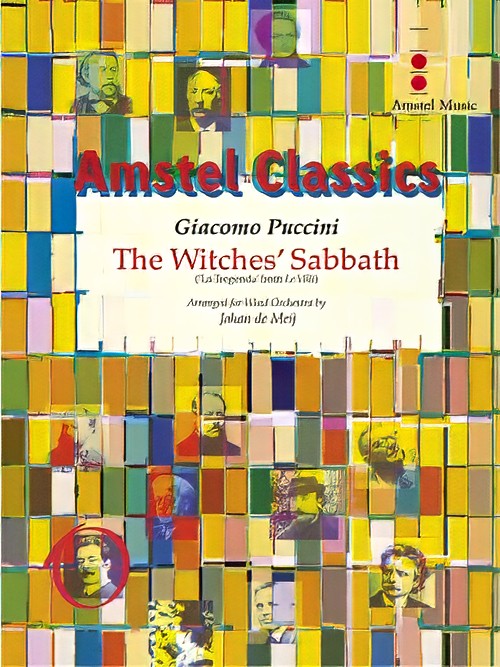 £87.00
£87.00The Witches' Sabbath (from Le Villi) (Concert Band - Score and Parts) - Puccini, Giacomo - De Meij, Johan
Puccini wrote two movements for a symphonic intermezzo between the two acts of his first opera, Le Villi, L'Abbandono (The Desertion) and La Tregenda (The Witches' Sabbath). The latter is extremely suitable to be performed by wind orchestra in this colourful transcription by Johan de Meij. Duration: 3.30
Estimated dispatch 7-14 working days
